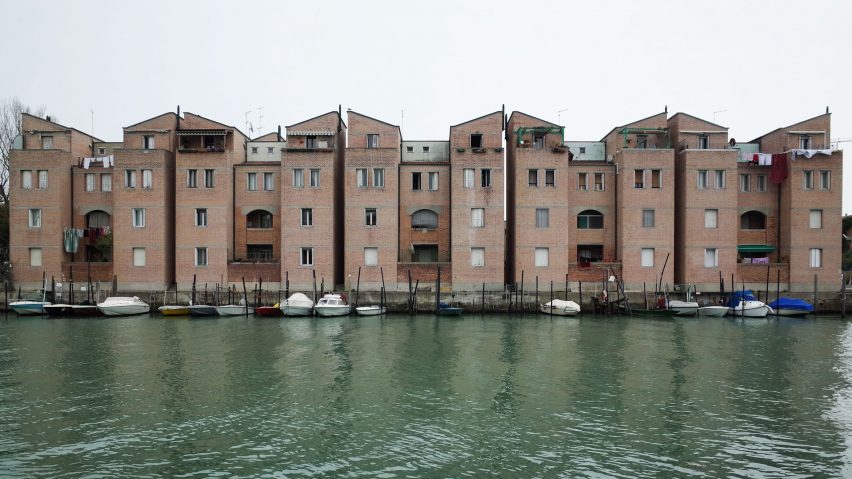
Five key topics for the Venice Architecture Biennale 2018
The Venice Architecture Biennale kicks off this week. Ahead of the opening, Dezeen architecture editor Jessica Mairs looks at some of the topics likely to dominate conversation, from the future of social housing to cruising culture.
Irish architects Yvonne Farrell and Shelley McNamara, founders of Dublin-based Grafton Architects, are the curators of the 16th Venice Architecture Biennale, which opens to the public from 26 May to 25 November 2018.
They selected the theme Freespace, to encourage architects to explore how "a generosity of spirit and a sense of humanity" can contribute to the built environment.
"We see architecture as the translation of need in its widest sense into meaningful space," they said. "It is our hope that the word Freespace allows us to burrow into the aspirations, ambitions and generosity of architecture."
The topic will be covered extensively within the main exhibition, which Grafton has curated in the Biennale's main venues – the Arsenale and the Giardini. It will also be touched on within each of this year's 63 national pavilions, offering scope for a range of different interpretations.
Here's a look at the five topics we expect to receive the most attention:
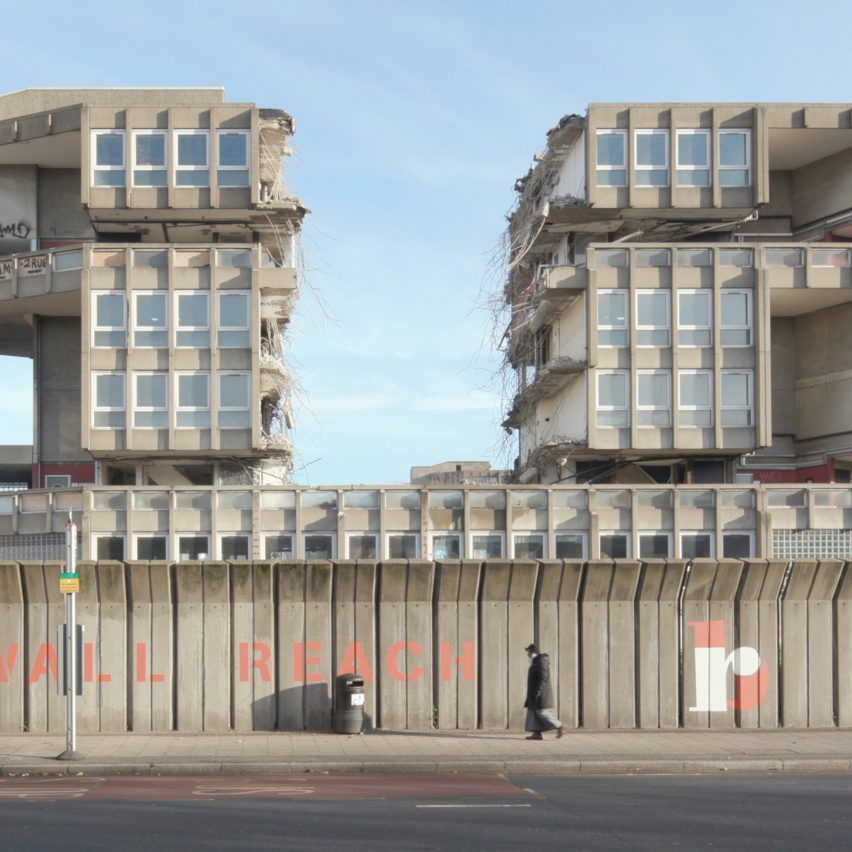
Lessons from social housing
Mass housing is always a major topic of conversation at the Biennale, but this year in particular will shine a light on important examples from the past and ask what we can learn from them.
The demolition of one of London's most famous postwar housing estates will be the focus of an exhibition by the V&A. The museum has transported a huge chunk of the brutalist housing complex Robin Hood Gardens (pictured) to Venice for the show, to demonstrate the vision of architects Alison and Peter Smithson for "streets in the sky".
Elsewhere, the Unfolding Pavilion will invite Biennale visitors to an apartment inside the Giudecca Social Housing Complex (main image), completed by Italian architect Gino Valle in 1986. One of its aims is to show what a building of humble origin and budget might be able to offer to a neighbourhood. After the exhibition is over, the flat will be renovated to become a new family home.
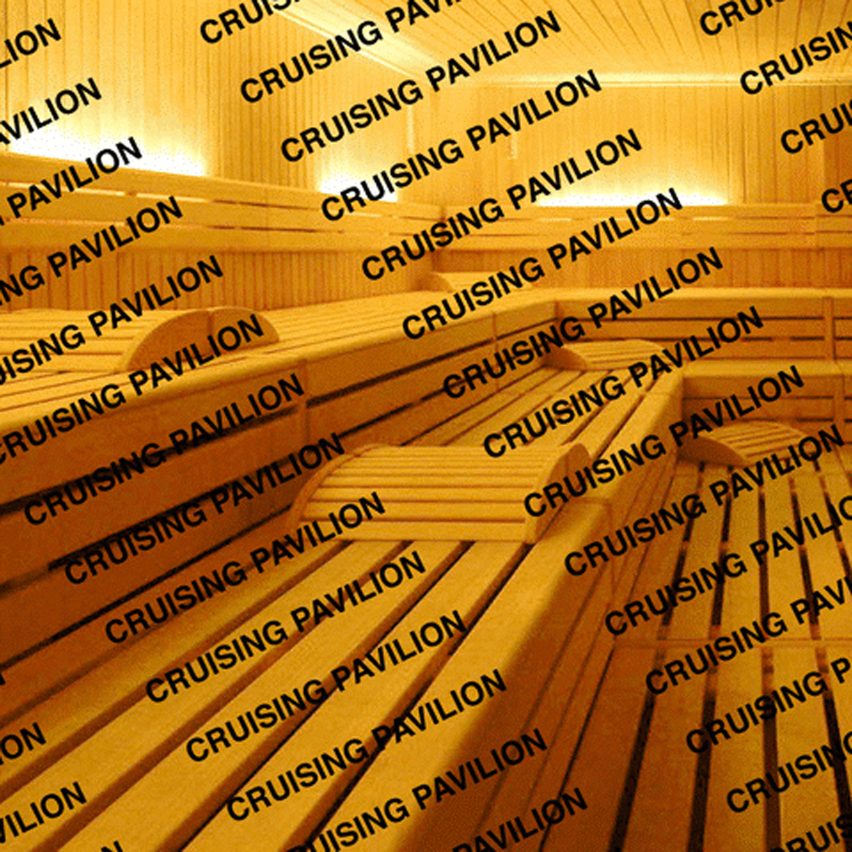
How sex can shape a city
The introduction of apps like Grindr, which allow users to connect with strangers located close to them, has cultivated a new form of sexual practice in cities that is no longer restricted to public spaces such as parks and toilets.
This will be covered extensively in the Cruising Pavilion, an exhibition focused on the "conflictual architecture of cruising". Through the work of architects including Andrés Jaque and Diller Scofidio + Renfro, it will reveal the emergence of a "new psychosexual geography".
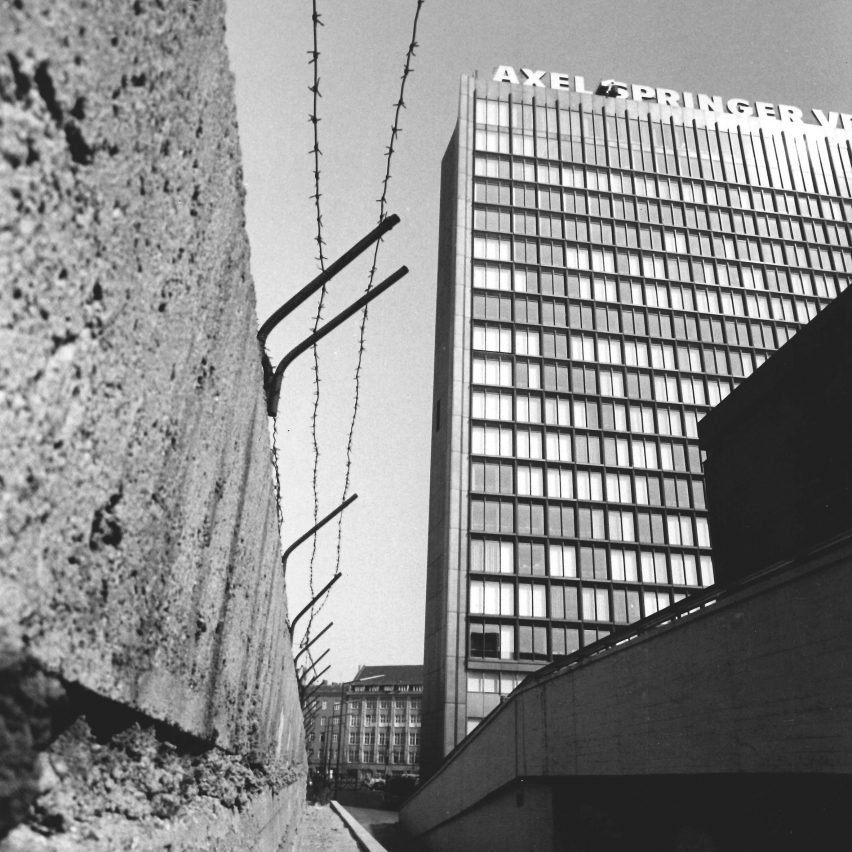
Walls that create segregation
One of the biggest news stories of the past year has been the construction of a new border wall between Mexico and the USA. But this year also marks an important milestone for another famous wall – the Berlin Wall has now been down for longer that it stood.
The implications of border walls will be investigated in the German Pavilion. In a show called Unbuilding Walls, the curators plan to look at the results of division.
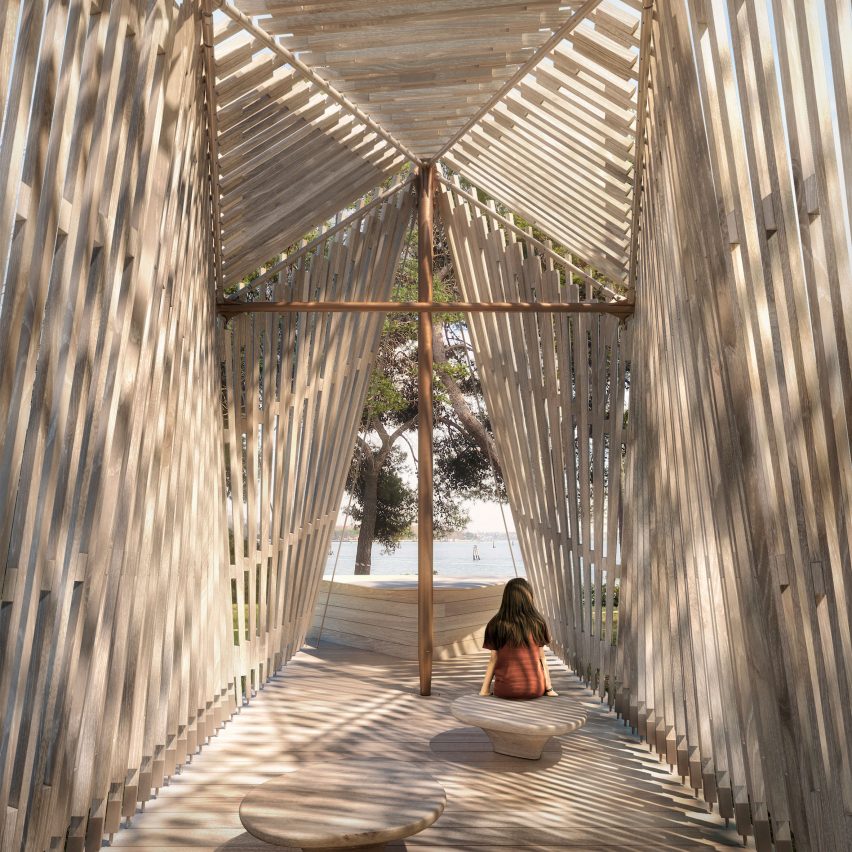
Religious spaces in the 21st century
The Vatican City makes its debut at the Biennale this year, offering a new focus on religious architecture. With a series of chapels designed by architects including Norman Foster, Eduardo Souto de Moura and Teronobu Fujimori, it will pose the question: what does a place of worship look like in the 21st century?
Israel has also made religion the focus of its pavilion. Statu Quo: Structures of Negotiation explores the "fragile system of co-existence" across five holy sites, laid claim to by both Israel and Palestine. The curators hope to show how architecture can be used as a tool for negotiating different identities.

The role of the European Union
The UK's decision to leave the European Union is likely to plan a big role in this year's exhibition, as Europe waits to see what impact it will have.
Caruso St John Architects and Marcus Taylor's curation of the British pavilion, Island, will address Brexit by creating a new space that welcomes visitors onto the roof of the building, offering them a view out over the other national pavilions in the Giardini and beyond. The space inside the pavilion itself will be left empty.
Belgium will also reflect on challenges posed by the European Union, particularly "its key territorial, physical and symbolic presence in Brussels", in a show called Eurotopie. Like the British pavilion, the exhibition will offer space where guests are encouraged to discuss Europe.